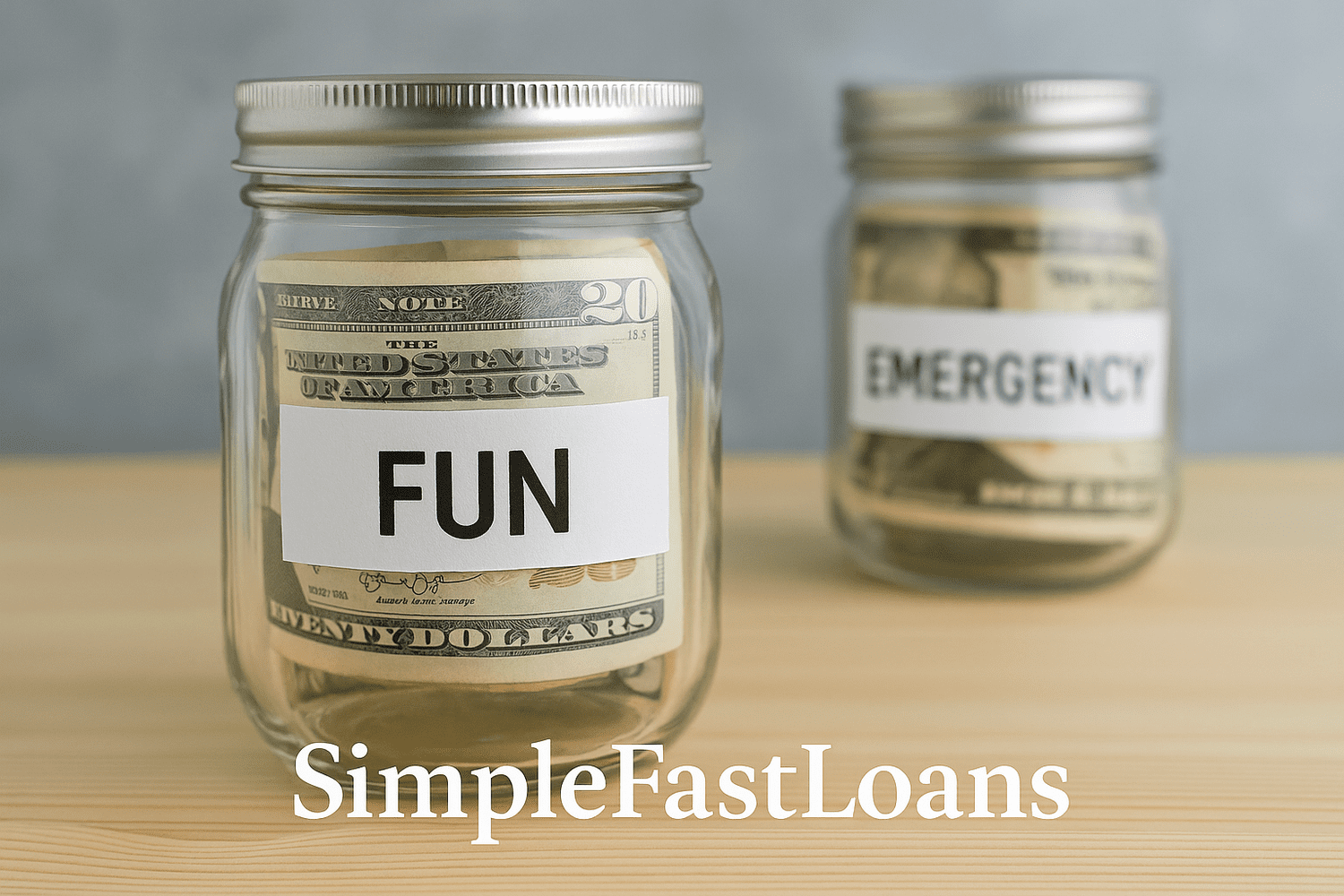
What Is a Slush Fund?
A slush fund is money set aside for discretionary use, often maintained with minimal formal oversight or documentation. While the term frequently carries negative connotations due to its association with political and corporate scandals, slush funds can range from innocent household savings to more questionable pools of money used for undisclosed purposes in politics and business.
Key Takeaways
- A slush fund represents money reserved for discretionary or flexible spending purposes
- These funds can serve legitimate purposes (such as household flexibility funds) or controversial ones (in political and corporate contexts)
- The legality and appropriateness of slush funds depend heavily on their intended use and level of transparency
What Is a Slush Fund?
At their core, slush funds represent financial flexibility and autonomy. Unlike formal budgets or closely monitored accounts with strict approval processes, slush funds enable quick spending decisions without working through bureaucratic hurdles or lengthy authorization procedures.
Slush funds typically serve multiple purposes, including covering unexpected costs, funding discretionary projects, handling entertainment expenses, and managing less-transparent expenditures that organizations prefer to keep private.
Historical Origins of the Slush Fund
The phrase "slush fund" comes from 18th-century maritime practices. Ship cooks would save leftover fat or "slush" from meal preparation, later selling it at ports to generate discretionary money for crew members' personal use. This informal, unregulated income source gave rise to the modern term.
How Much Should I Put in a Personal Slush Fund?
For individuals managing personal finances, financial experts often recommend allocating 5–10% of disposable income toward a flexible reserve fund, distinct from traditional emergency savings. This personal slush fund serves as guilt-free money for discretionary purchases, small luxuries, or spontaneous opportunities without derailing broader financial goals.
Slush Funds vs. Petty Cash Funds
Understanding the distinction between these two financial tools helps clarify appropriate usage:
- Petty cash funds are small, carefully documented accounts used for minor business expenses with clear tracking and accountability measures. Every transaction receives documentation and regular reconciliation.
- Slush funds, by contrast, tend to be larger pools of money with less stringent documentation requirements and broader, more flexible usage parameters.
Slush Funds Across Different Sectors
A slush fund is much more than a personal finance term; here are some other areas where the term may come up.
Political Context
Historically, political slush funds have financed campaign activities, lobbying efforts, or covert operations, sometimes raising significant ethical and legal concerns. These funds often lack transparency, making it difficult for voters and oversight bodies to track how money gets spent and whether expenditures align with stated political goals.
Business Applications
Companies frequently maintain discretionary funds for various purposes: funding unexpected projects, covering client entertainment expenses, handling unforeseen operational costs, or managing sensitive transactions. While many business uses remain legitimate, the lack of oversight has occasionally led to high-profile scandals involving misappropriation or unethical spending practices.
Specialized Types of Slush Funds To Know
- Settlement Slush Funds. This term refers to money corporations set aside to quietly resolve lawsuits or disputes without public disclosure. These funds have sparked considerable controversy due to concerns about corporate transparency and accountability, as they can enable companies to avoid public scrutiny of their actions.
- Imprest Funds. Unlike slush funds, imprest funds operate under strict controls and regular oversight. These accounts get replenished to a fixed amount after documented expenses, commonly used for minor recurring business expenses that require immediate payment.
Pros and Cons of Slush Funds
Here are the advantages and disadvantages of personal slush funds:
Pros
- Operational flexibility: Enables quick responses to unexpected expenses or opportunities without lengthy approval processes
- Streamlined decision-making: Eliminates bureaucratic delays when time-sensitive situations arise
- Strategic discretion: Allows organizations to handle sensitive matters privately when appropriate
Cons
- Potential for abuse: Minimal oversight creates opportunities for unethical or illegal spending
- Transparency concerns: Lack of documentation can damage trust among stakeholders, employees, or the public
- Accountability gaps: Difficult to track fund usage or ensure alignment with organizational values
Slush Funds vs. Emergency Funds
While both provide financial backup, their purposes and usage differ significantly:
- Emergency funds serve as strictly reserved money for essential, unexpected expenses such as job loss, medical emergencies, or major home repairs. These funds should remain untouched except during genuine financial crises.
- Slush funds handle discretionary, non-essential spending that enhances quality of life or provides operational flexibility. This money can cover vacations, hobbies, entertainment, or spontaneous purchases without guilt or financial stress.
Creating a Personal Slush Fund
Individuals can benefit from establishing their own discretionary fund by following these steps:
1. Define the Purpose
Clearly identify what the slush fund will cover. This may be discretionary purchases, lifestyle enhancements, or flexible spending needs. Having defined parameters prevents mission creep and inappropriate usage.
2. Establish a Target Amount
Align the fund size with overall budget constraints and financial goals. A common recommendation suggests maintaining 5–15% of emergency savings as a separate slush fund, though individual circumstances may warrant different approaches.
Example: Saving $5000 in one year
3. Automate Regular Contributions
Treat slush fund contributions like any other savings goal by setting up automatic transfers. Consistent funding ensures the account grows steadily without requiring constant attention.
4. Maintain Responsible Usage
Keep basic records of fund usage to prevent overspending or mission creep. While slush funds offer flexibility, some tracking helps maintain financial discipline and awareness, especially for non-recurring expenses.
Slush funds represent a double-edged financial tool that can serve both practical and problematic purposes. When used responsibly with appropriate oversight, they provide valuable operational flexibility and financial breathing room. However, when misused or lacking transparency, slush funds can become symbols of corruption, hidden agendas, or financial impropriety.
The key lies in striking the right balance between flexibility and accountability, ensuring that discretionary funds serve their intended purposes without compromising ethical standards or stakeholder trust.